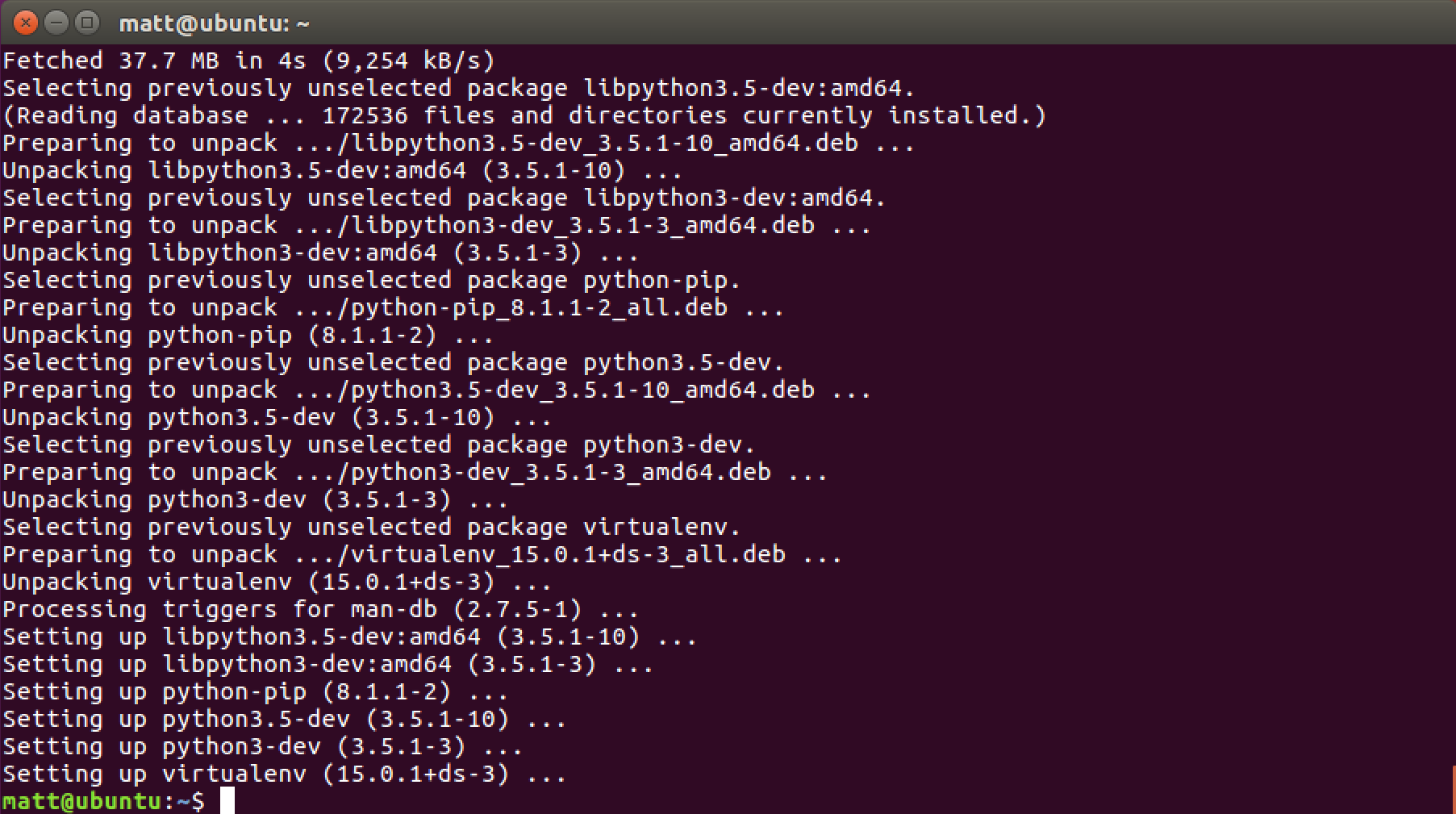
Installation without sudo curl | python3.6 -user '/home/someuser/.cache/pip' or its parent directory is not owned by theĬurrent user and caching wheels has been disabled. Pip with sudo, you may want sudo's -H flag.

Please check the permissions and owner of that directory. Is not owned by the current user and the cache has been disabled. The directory '/home/someuser/.cache/pip/http' or its parent directory The -H flag is evidently necessary with sudo in order to prevent errors such as the following when installing pip for an updated python interpreter: With regard to installing pip, using curl (instead of wget) avoids writing the file to disk.

For python3.8, replace 3.6 with 3.8, but it may also first require the python3.8-distutils package. This answer assumes that you have python3.6 installed. $(head -1 `which pip3` | tail -c +3) -version $(head -1 `which pip` | tail -c +3) -version When you have completed all of the above, each of the following shell commands should indicate Python 3.6.1 (or a more recent version of Python 3.6): python -version # (this will reflect your choice, see above) # sudo ln -s /usr/bin/python3.6 /usr/local/bin/python # instead of python2 (may be dangerous, esp. # Do this only if you want python3 to be the default Python Sudo ln -s /usr/local/bin/pip /usr/local/bin/pip3 Sudo ln -s /usr/bin/python3.6 /usr/local/bin/python3 Then, run the following (this works out-of-the-box on 16.10 and 17.04): sudo apt update If you're using Ubuntu 16.04 LTS, you'll need to use a PPA: sudo add-apt-repository ppa:jonathonf/python-3.6 # (only for 16.04 LTS) Including directly opening the terminal will also report the above errorĭelete / etc / Bash_ completion.Let's suppose that you have a system running Ubuntu 16.04, 16.10, or 17.04, and you want Python 3.6 to be the default Python. In fact, this command does not install virtualenvīash: /usr/share/virtualenvwrapper/virtualenvwrapper_lazy.sh: No such file or directory The system is prompted to have satisfied virtualenv. Later, I used the following command to install the virtual environment based on Python 3.5, Use the following command to delete the virtual environment, Bashrc is configured, you can run the virtualenv command, First, install the virtual environment directly with the following command, resulting in that the virtual environment is based on Python 2.7,Įxplain: virtualenvwrapper.sh Is installed in / usr / share / virtualenvwrapper/ virtualenvwrapper.shĪfter ~ /. Source /usr/local/bin/virtualenvwrapper.sh #After opening the file, add the following code at the bottom of the fileĮxport VIRTUALENVWRAPPER_PYTHON=/usr/bin/python3 Create the directory of the virtual environment, and place the future virtual environment in this directory

#View PIP3 version number: PIP3 - versionģ. If PIP3 is not installed, install it with the following command If you have used sudo, you will use the one that comes with the system, and then it is not installed


 0 kommentar(er)
0 kommentar(er)
